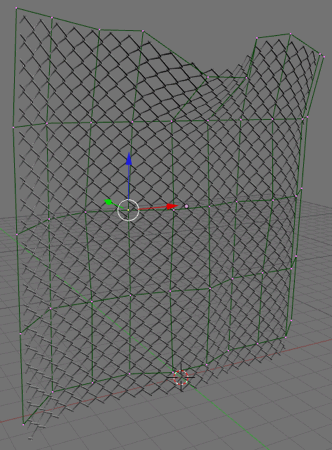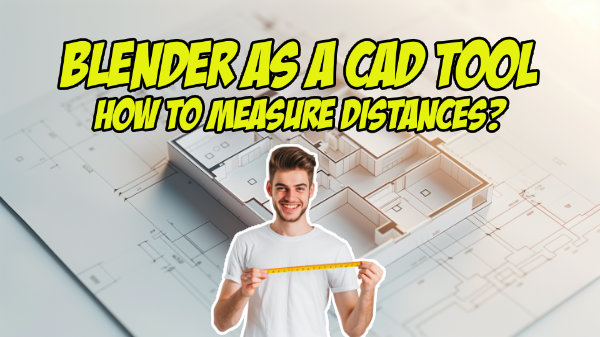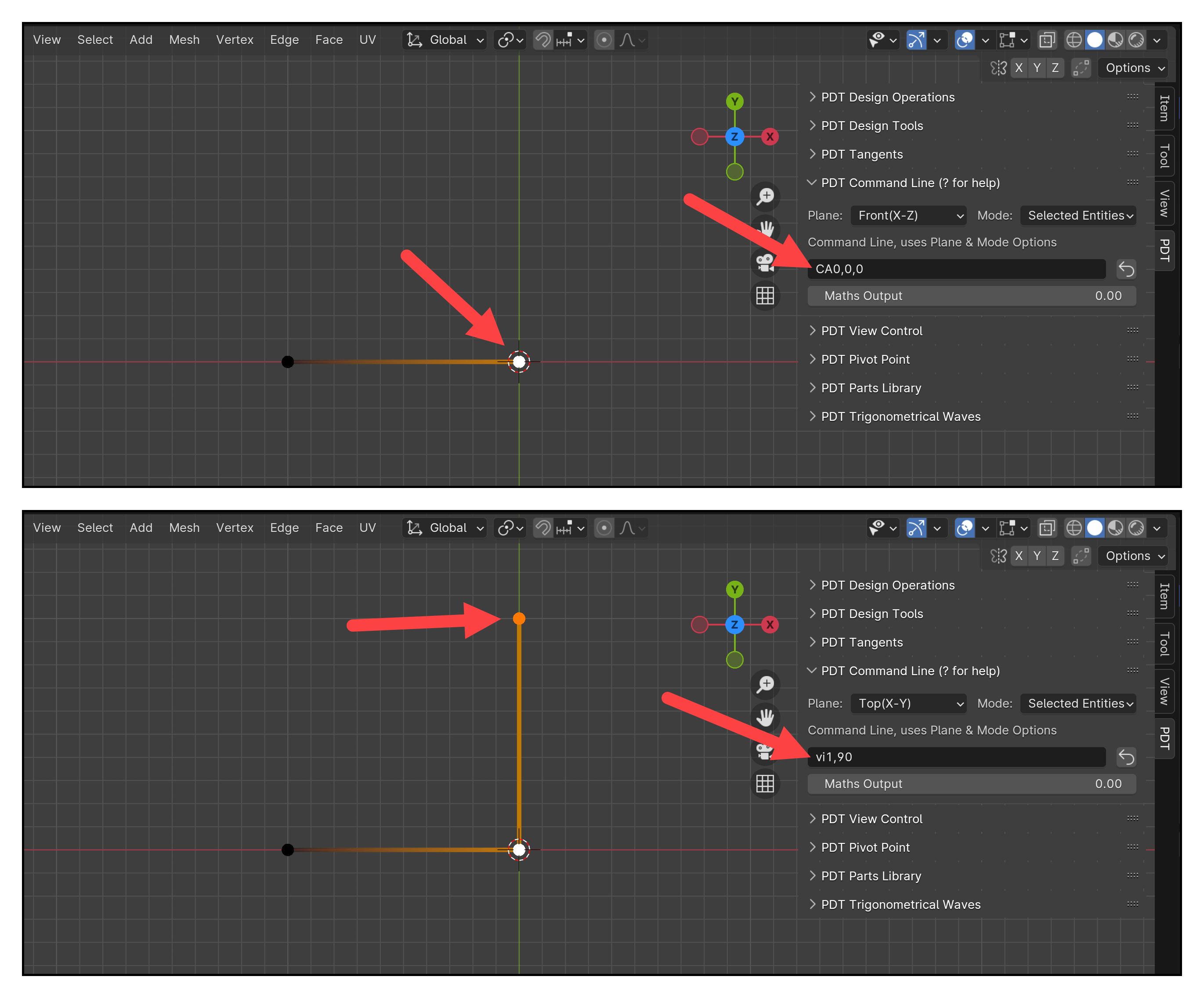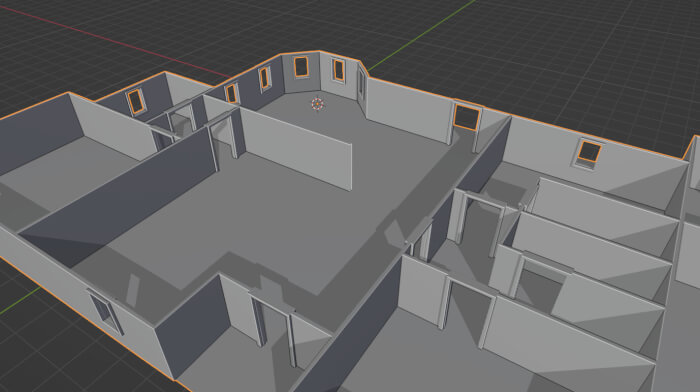
In architectural visualization we can find lots of objects that can be represented with the use of simple patterns like the floor tiles. For this type of 3d object we can use the Array modifier to create large surfaces based on a single and simple 3d pattern. The only thing we have to do before go to the Array modifier, is to prepare the pattern to connect the sides of the pattern and make a seamless 3d object.
If you never tried this type of modeling in architectural visualization, I just found a great example of how it can be achieved with the Array modifier. A user called mrzeon posted a tutorial on how to create a chain link fence at the Blenderartists forums.

A chain link fence is not a so common object for architectural visualization projects, at least not the projects that deals with residential projects, but it can help to understand the concept and use it for other types of surfaces.





Awesome! Just the topic I asked for! Thanks so much!